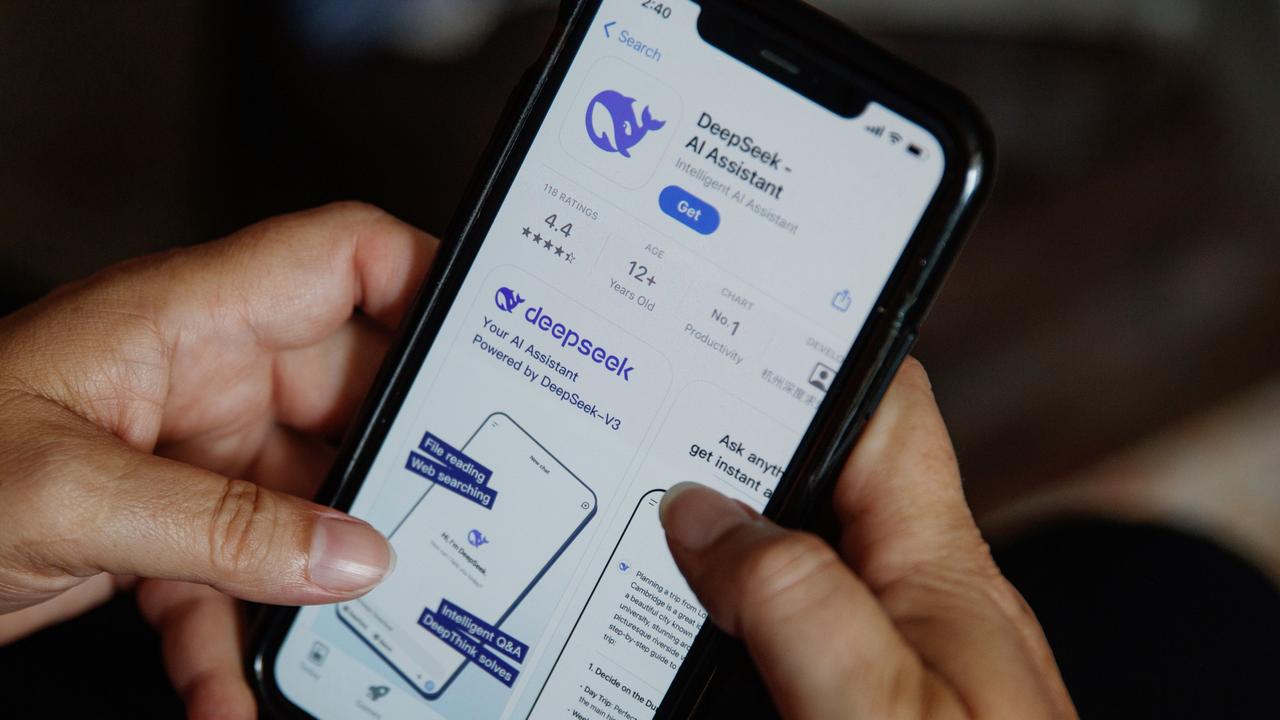Amnesty International release secret satellite images of North Korea's repressive prison camps
THEY house more than 50,000 prisoners. They're beaten, starved and raped. Now North Korea wants to expand its secret prison.
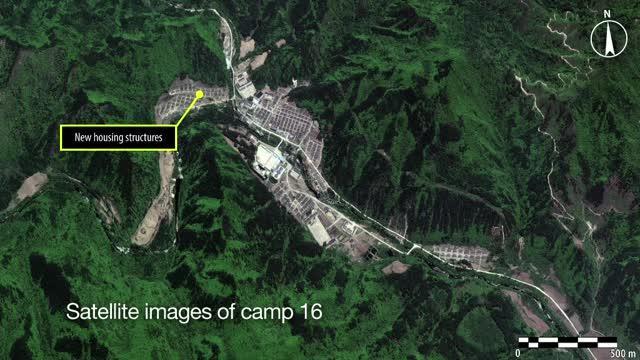
IT HOUSES more than 50,000 prisoners who are forced to live in subhuman conditions before being made to dig their own graves prior to execution.
It's also a place where women are regularly beaten and raped and where people are imprisoned just for being related to someone who has spoken out against the world's most secretive government.
And North Korea doesn't want you to know about it - or these top secret images which show the regime is expanding its biggest prison - camps 15 and 16 known as Yodok and kwanliso - to hold even more detainees.
Amnesty International has today released new satellite images showing the ongoing development of two of the country's largest political prison camps as proof the government is expanding its "vast infrastructure of repression".
The human rights organisation said the images clearly show new housing blocks, an expansion of production facilities, and continued tight security.
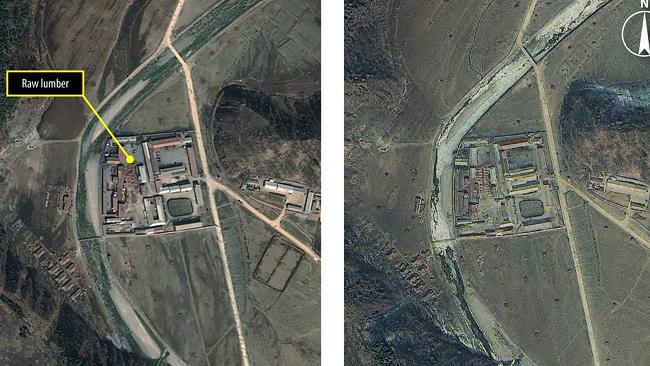
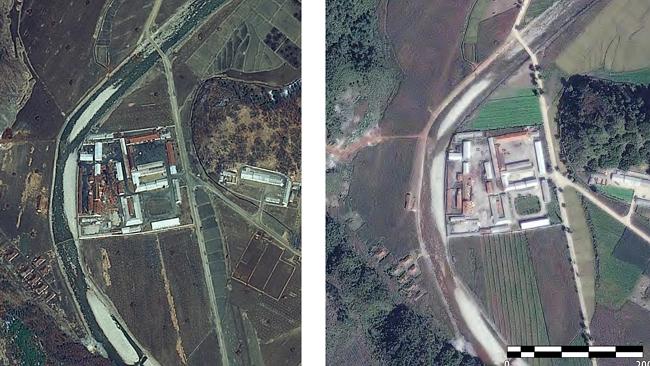
The latest images, taken in May this year, indicate a slight increase in kwanliso 16's population with new housing blocks visible.
The pictures, capturing housing being built, give a rare and possible insight into the living conditions detainees face.
Mining, logging and agriculture is also clearly visible in the images, which also show an expansion of an industrial area within kwanliso 16 and the areas where prisoners are forced to undertake hard labour.
Former detainees and officials who have spoken out or escaped from the camp reveal how inmates spend most of their time being forced to work in dangerous conditions.
Naturally security remains tight, with perimeter fences and security points clearly marked and movement restricted and controlled through secured entrance gates, guard towers and internal check points.
The analysis, along with newly released testimonies from former inmates and prison guards, is included in Amnesty International's latest briefing North Korea: Continued Investment in the Infrastructure of Repression.
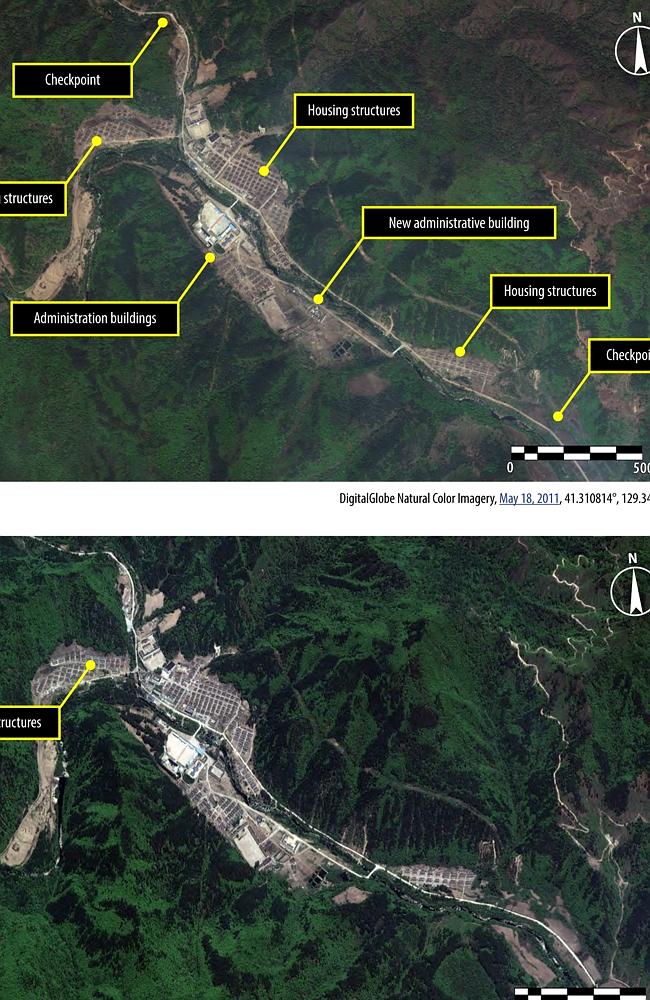
It is only the tip of the iceberg of what goes on behind the horrific prison gates.
A former kwanliso 16 security official known as Mr Lee reveals exactly what takes place in the world's most secretive prison.
One former security official at Camp 16 in the 1980s until the mid 1990s, known as Mr Lee told Amnesty in an interview last month of just one brutal way guards executed prisoners.
He said detainees were forced to dig their own graves and were then killed with hammer blows to their necks. He also witnessed prison officers strangling detainees and then beating them to death with wooden sticks.
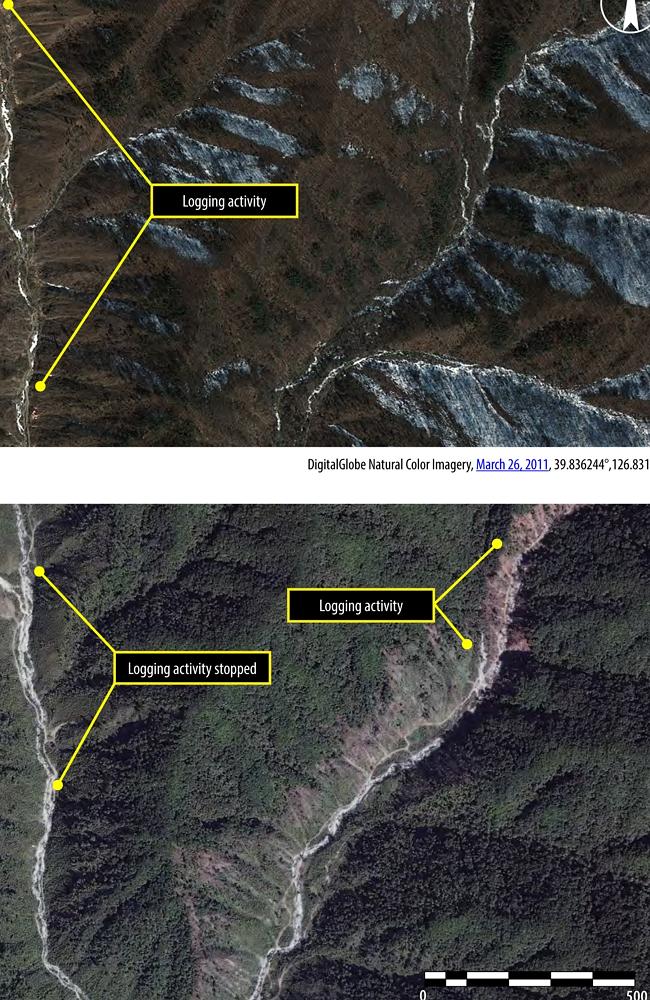
It was also not uncommon for female inmates to simply disappear after being sexually assaulted.
"After a night of 'servicing' the officials, the women had to die because the secret could not get out," Mr Lee said. "This happens at most of the political prison camps."
Kim Young-soon, a former detainee in Camp 15 between 1980 and 1989, witnessed the deaths of two detainees who were caught attempting to escape.
"They were brought to a stage after they were badly beaten," she said.
"The prisoners were tied to wooden stakes and shot three times in their head, chest and feet."
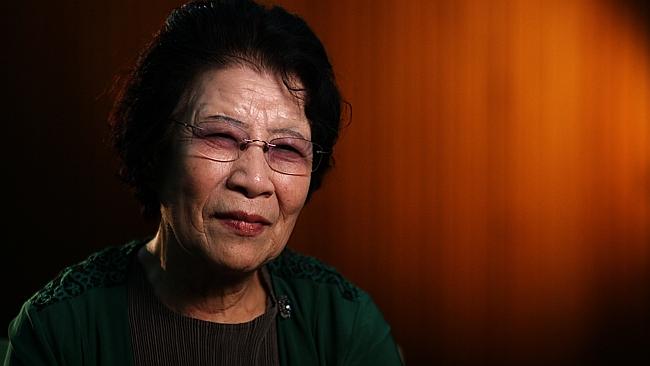
Amnesty has shared the latest evidence with the UN Commission of Inquiry investigating human rights abuses in North Korea in a bid to highlight the massive abuses which take place within kwanliso.
The prison holds up to 50,000 people, although Amnesty admits exact figures are almost impossible to attain.
It is however known that it's a fraction of the hundreds of thousands of people - including children - who are detained in political prison camps and other detention facilities across the county.
If that's not shocking enough, many of those imprisoned within its fences haven't even committed a crime but are inside for having family members of those deemed guilty of serious political crimes.
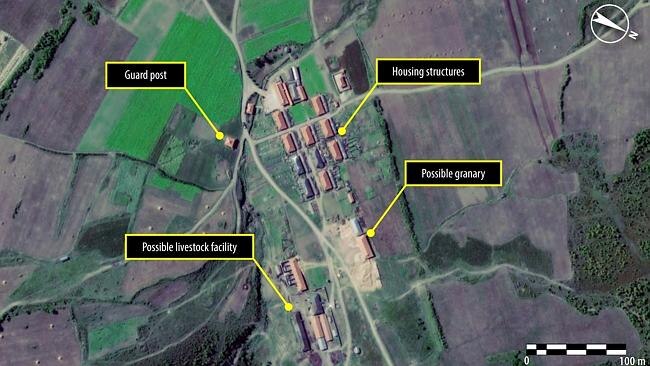
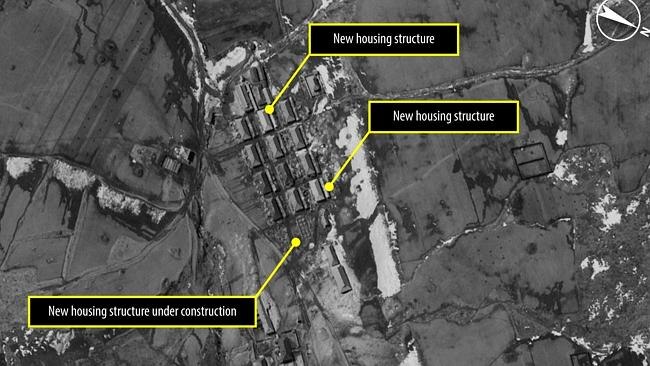
According to Amnesty, they are detained as a form of collective punishment or "guilt-by-association".
Andrew Beswick, Amnesty International Australia Spokesperson, said the satellite images were vital since the North Korean authorities have denied the existence of mass political camps for decades and have so far refused to cooperate with UN inquiries.
"With satellite technology and testimonies from former prisoners, their existence is not only undeniable, but shows they're still growing in size," he told news.com.au.
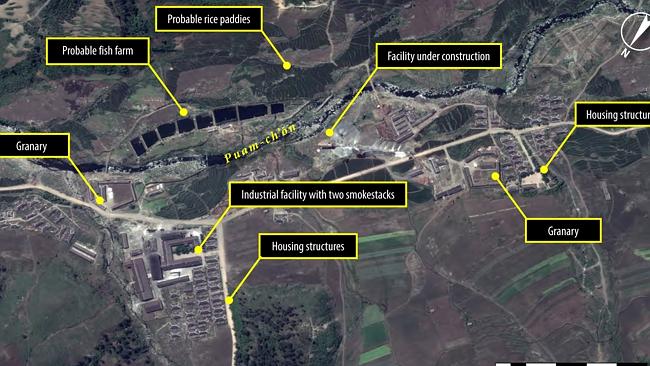
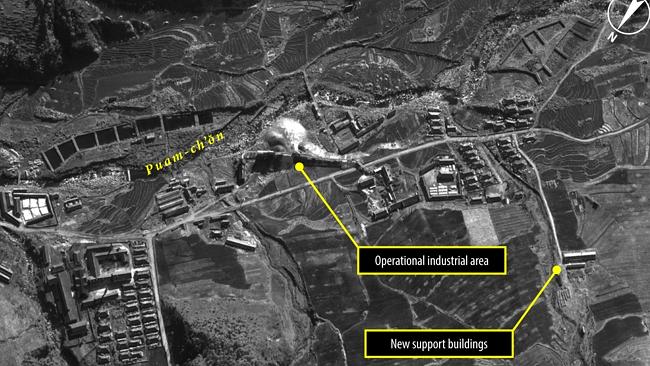
He added it was difficult to get information on the ground from such a secretive country like North Korea but that new technologies played a pivotal role in exposing human rights abuses.
The satellite images were examined by a team of experts from Amnesty's Crisis Response and Prevention Team in America and were substantiated by testimony from both former detainees and prison officials.
"These camps may be hidden away, but new technologies mean that authorities can no longer deny the existence of these oppressive prison camps," he said.
Mr Beswick said it was vital mass violations against North Korean citizens were brought to light.
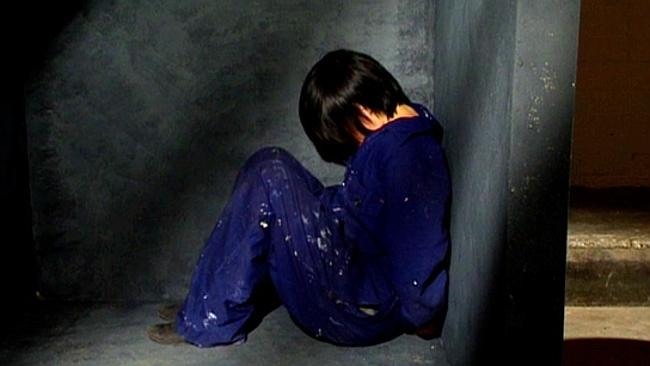
"International coverage of the situation in North Korea often focuses on political crises, but the mass violations against the North Korean people do not receive the same level of attention," he said.
"Millions of people in North Korea suffer extreme forms of repression and human rights violations that violate nearly the entire spectrum of their human rights both inside and outside the prison camps."
As for the camps themselves Mr Beswick said the North Korean government was so secretive about what happened inside them because they are aware of its regime breaches basic human rights.
"Former inmates have made reports of other prisoners being strung from the ceilings for days on end with their hands behind their backs, or being thrown in "solitary cells" where they are unable to either sit or stand," he said.
"While one 13-year-old boy was thrown into an isolation cell for eight months."
He added while accessing information was hard, Amnesty was able to obtain shocking details about the camp including that prisoners work seven hours a day under appalling conditions and are exposed to average winter temperatures of between -20 and -30.
Most detainees have no access to basic medicines and up to half die of malnutrition.
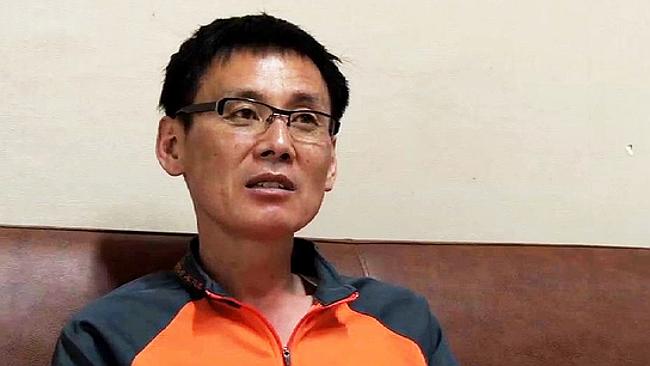
Continue the conversation via Twitter @newscomauHQ | @DebKillalea | @amnesty Oz
###


